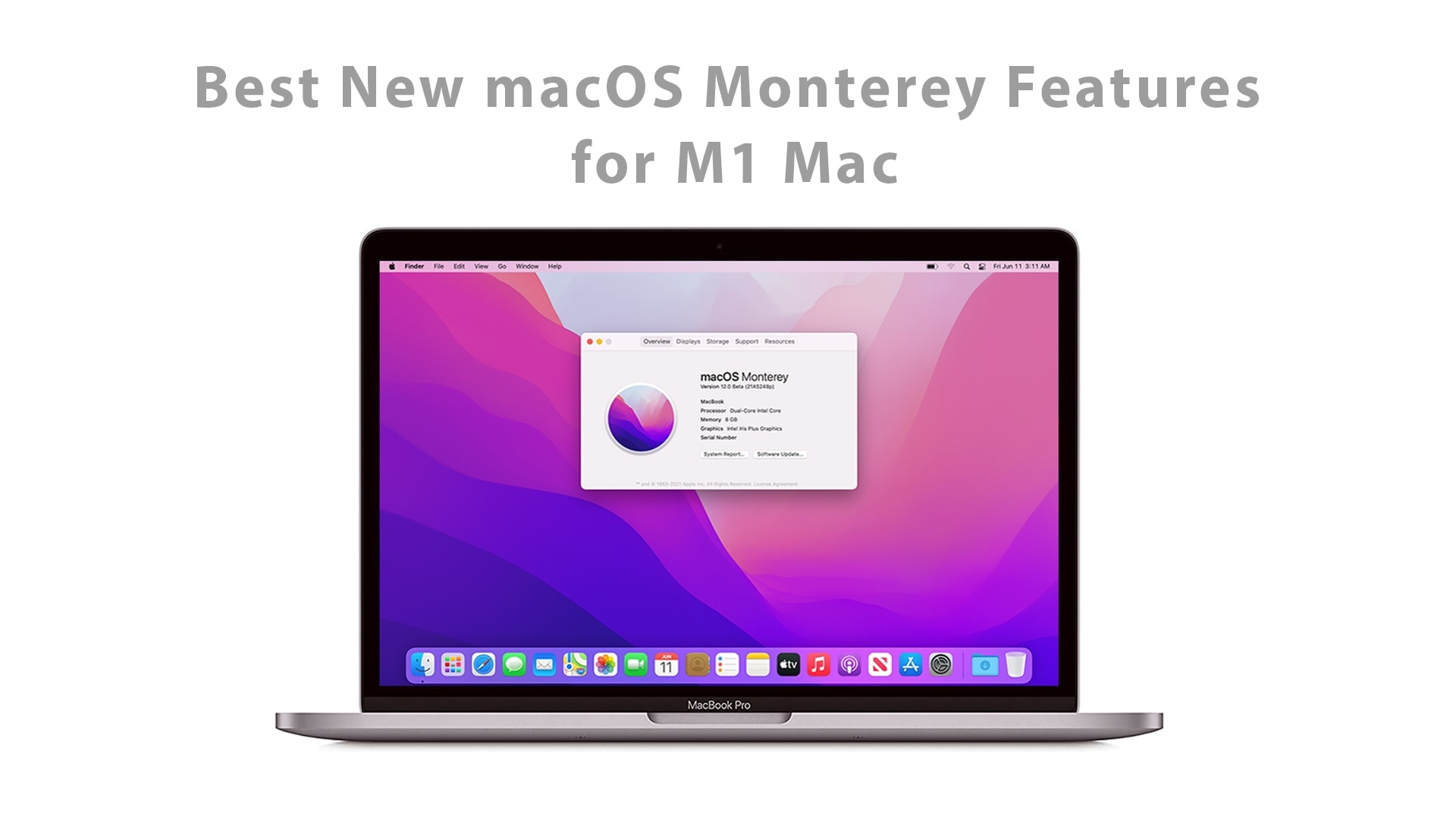
UTM takes the best parts of QEMU, providing a user-friendly GUI for simple configuration and maintenance. What makes UTM unique is that it employs the Apple Hypervisor virtualization framework to run AArch64 operating systems on Apple Silicon at near-native speeds, as well as lower performance emulation for x86/圆4 operating systems.īehind the scenes, UTM leverages QEMU, which is a mature, free and open-source emulation software that is actively maintained by a passionate community. Similar to VMware Workstation (and Parallels), UTM allows you to securely virtualise and emulate guest operating systems on your Mac. However, VMware is a little behind with their Apple Silicon implementation, therefore I have selected UTM, which is free and open-source software, but also offered via the Mac App Store (£8.99) if you would like to support the project. On a Linux or Windows host, I use VMware Workstation for client-side virtualisation, mainly because I have years of experience working with VMware products (e.g. Microsoft Windows 11 Insider Preview for ARM.Microsoft Windows 10 Insider Preview for ARM.Thankfully, the main bases are covered, including Fedora, Ubuntu ( Debian-based) and Arch Linux, as well as Microsoft Windows 10/11. The AArch64 ecosystem is less mature than x86-64 for “desktop” computing, reducing the number of compatible guest operating systems.

However, with the shift to Apple Silicon, the AArch64 (ARM64) instruction set is required to achieve native/optimal performance. Historically, these virtual machines leveraged the x86-64 instruction set, which is native to Intel and AMD processors. I use virtualisation frequently for testing and to run specialist workloads.


With the arrivial of the 2021 MacBook Pro, I have been testing client-side virtualisation on Apple Silicon.


 0 kommentar(er)
0 kommentar(er)
